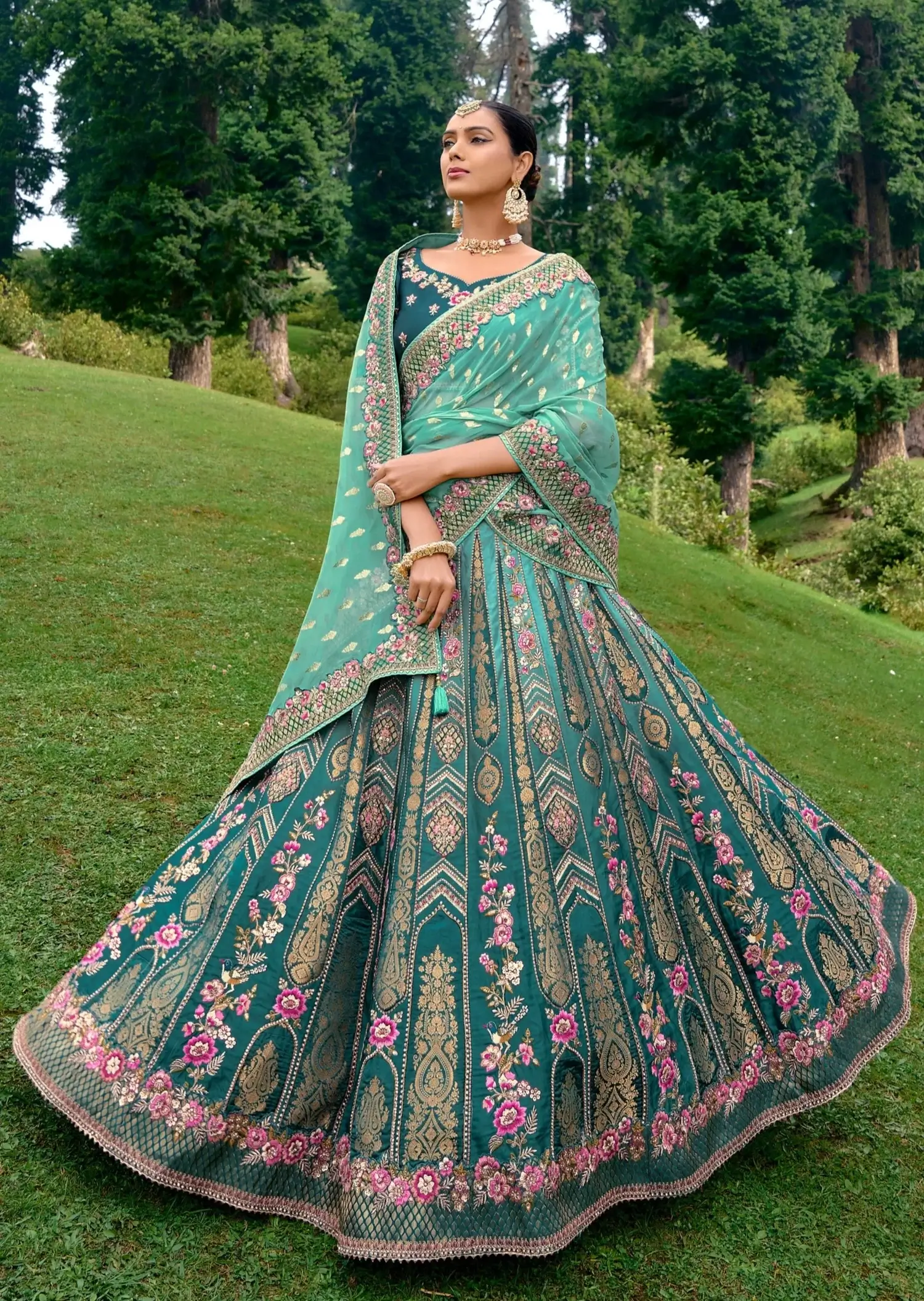Traditional attire is much more than just one more outfit in the dynamic canvas of Pakistani culture—it gets associated with lineage and pride. Be it the graceful shalwar kameez or an intricately ornamented bridal lehenga, these dresses hold within them stories of history and tradition. Read on to comprehend the place of native wear in Pakistan and some tips that girls should adopt to look charmingly cultural.
The Significance of Traditional Wear in Pakistan
In terms of identification, men possessing a degree of some identity wear the traditional dress of Pakistan, particularly their fluffy trousers, paired with a long shirt. With the baggy trouser fit and long tunic being common between both females and males, the outfit becomes a sign of modesty, cultural affiliation, and regional distinction within the country. For example, the dupatta that comes with the shalwar kameez of Punjab is very striking, the block printing on the Ajrak shawl of the Sindhi attire is very intricate, and the Peshawari chappal of Khyber Pakhtunkhwa epitomizes rugged elegance.
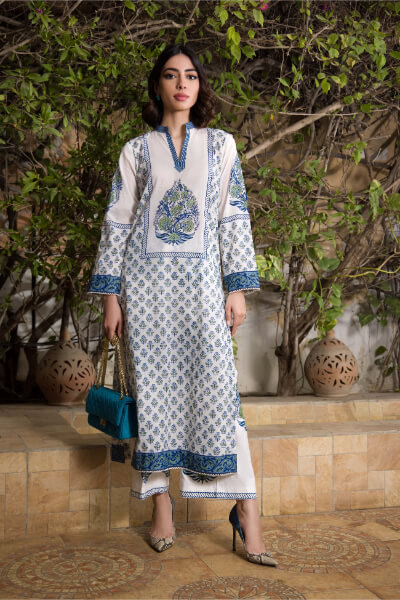
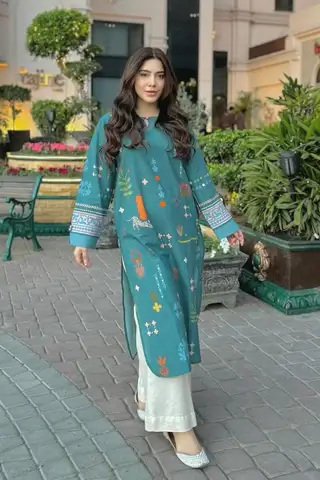

Traditional Wear in Modern Times
Over time, traditional wear in Pakistan has evolved into a fusion of the finest of traditional wear with modernity in style. Designers reworked the kurta—a short version of the kameez—and made it a ready choice for many for casual and formal wear. What was once an arena solely reserved for brides and grooms at weddings, today the lehenga choli, with modern cuts and colors, is swayed by one and all on festive occasions. Similarly, the sherwani has made a comeback into male attire, especially embossed wedding finery with intricate embroidery, exquisite in a Mughal manner and modern alike.
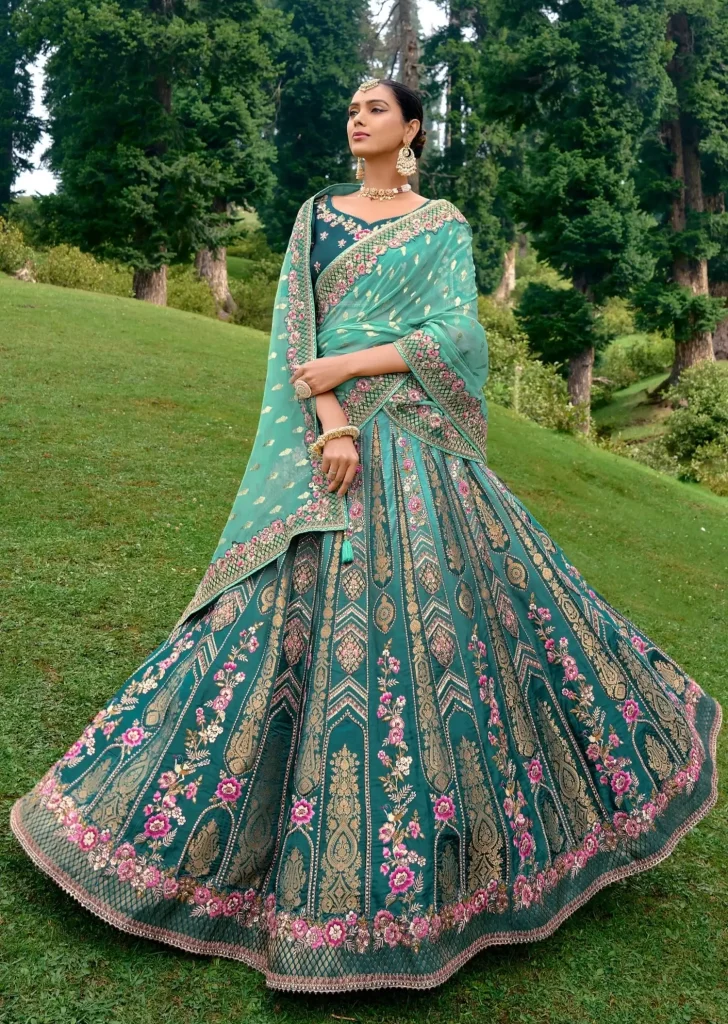
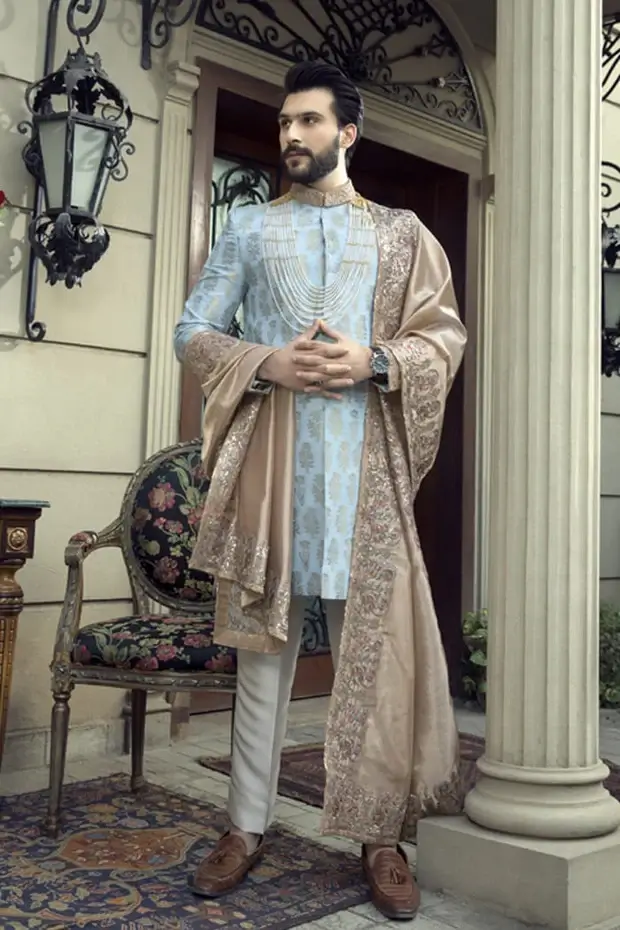

Tips for Looking Your Best in Traditional Wear
1. Choose the right fabric: Light fabrics such as chiffon, silk, or even lawn give elegance and comfort; velvet and brocade are heavy materials that capture their luxury in more formal situations.
2. Accessories wisely: A beautiful outfit can only be enhanced by essentials like a bold pair of jhumkas or a fine maang tikka. However, there needs to be a balance. Too much accessorizing kills the elegance.
3. Tailored Fit: A good fit looks smart on whoever is wearing it. Your shalwar kameez should be comfortable, fit, and stylish.
4. Play with colors: Select those that complement your skin tone. Deep jewel tones or soft hues of pastel colors look great and are very much in vogue.
5. Master the Drape: To an extent, the style of draping your dupatta or sari will add to your look. Experiment with different styles to know what works best for your body type and the purpose of the occasion.
6. Hairstyling and Makeup: Carry the right hairstyle and makeup with you in this traditional outfit. Soft curls, buns, or braids do the flare, mixed up with bold lips or subtle eyes.
7. Wear confidence: Confidence is the golden accessory that outweighs everything. Wearing your traditional dress with pride is going to make you look and feel beautiful.
The Importance of Traditional Wear in Celebrations
The central theme of any celebration in Pakistan revolves mainly around weddings and festivals. Lehenga, in its rich fabric and intricate needlework, means a fresh start to life for the bride. On festivals like Eid, the members of the family get donned in their best attire—the shalwar kameez, kurtas, and dupattas—reflecting modesty, respect, and community as their cultural practice.
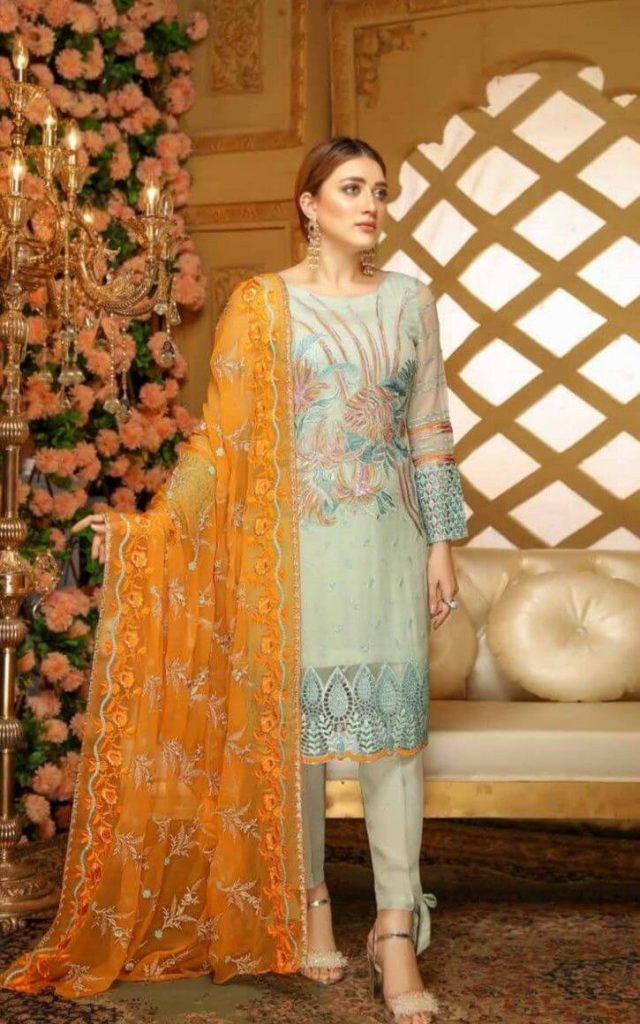

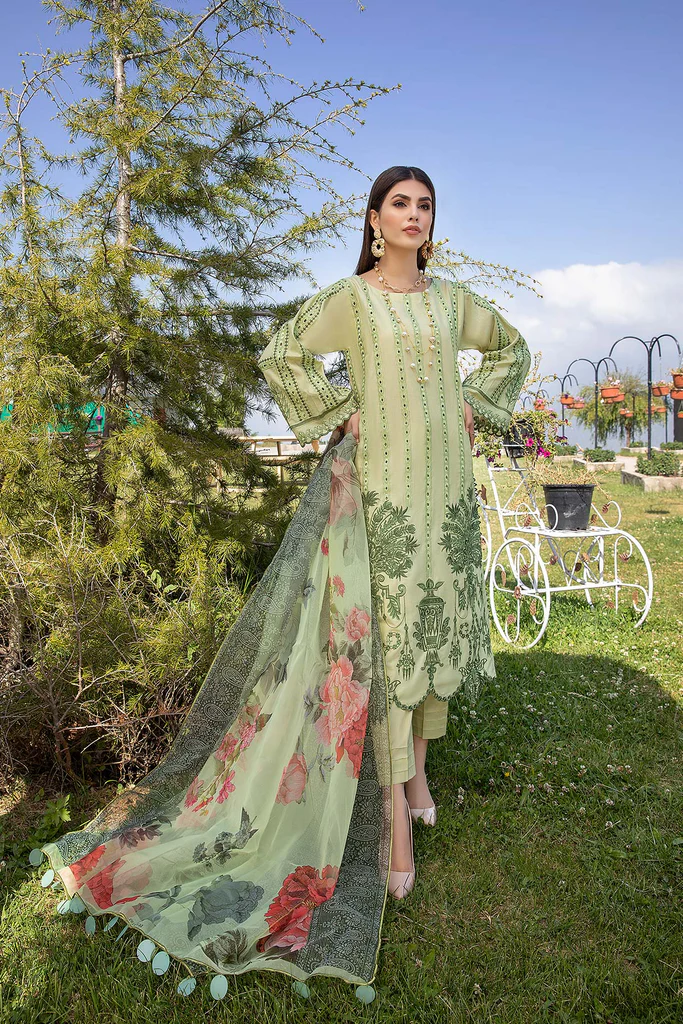
Traditional Conclusion
Traditional wear imparts history, values, and identity in Pakistani culture. They can be worn every day or on special occasions and are going to reflect a symbiosis between the past and the present. Traditional wear adds beauty to a girl’s looks. Pride in elegance and pride in the ever-changing world of fashion is another timeless statement of Pakistani traditional wear.


